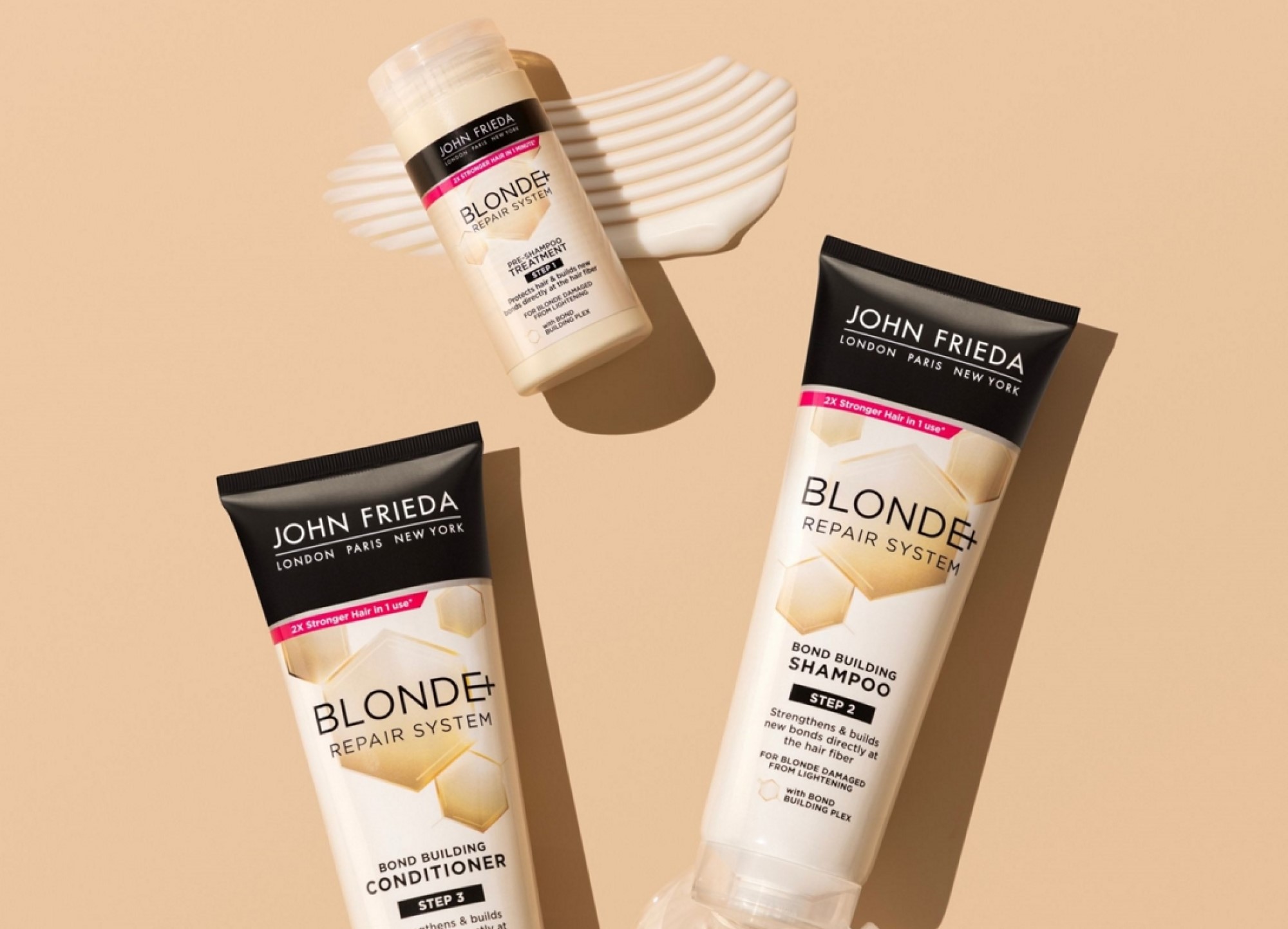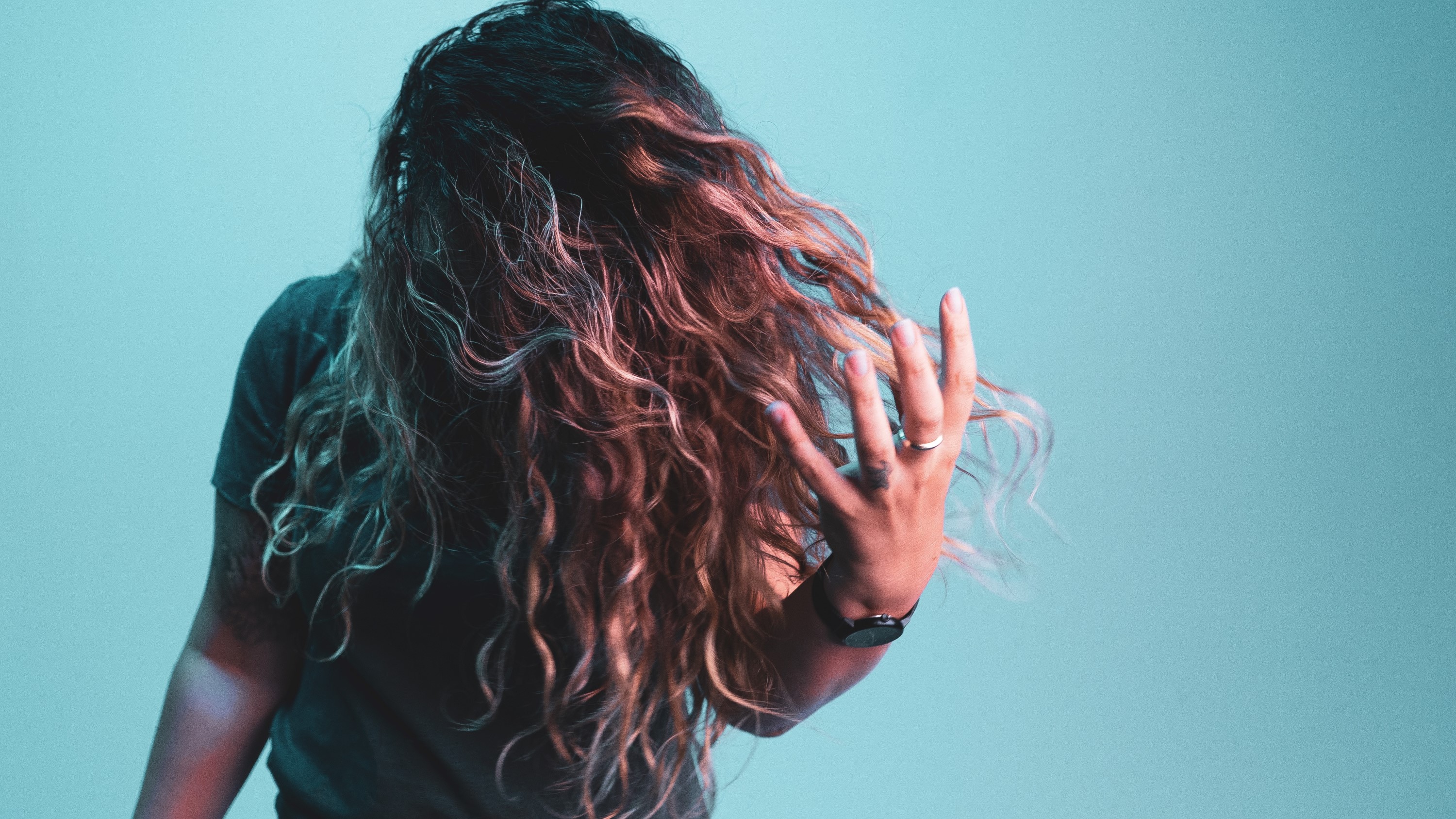-
- PRODUCT TYPE
- Shampoo
- Conditioner
- Treatments
- Stylers & Finishers
- Colour
- View All
HOW TO FIX DRY HAIR
What is dry hair?
Dry hair is hair that’s lacking in moisture – it can’t retain hydration, and it’s not getting enough on a day-to-day basis.
Dehydrated hair often looks frizzy and dull – when you touch it, it may feel brittle and straw-like, and flyaways and split ends may become noticeable when you look in the mirror.
Hair is formed of three layers - the cuticle, the cortex, and sometimes the medulla. When hair is healthy, the natural oils in the cuticle – the outer layer of hair – nourish and protect the inner layers. These oils also reflect light, giving your hair shine and lustre. In dry hair, this moisturising outer layer breaks down, and your hair starts to look dull and unhealthy.
Anyone can suffer with dry hair, but it’s more likely to develop with age. It affects men and women equally.
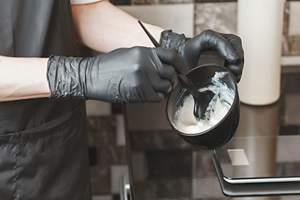
What causes dry hair?
There are several factors which cause dry hair – including your hair habits, your environment, and your overall physical health.
Environmental issues which can cause dry hair
Haircare habits which can lead to dry hair
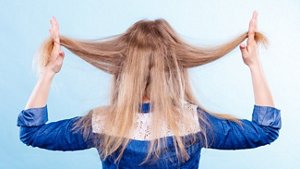
How to hydrate dry hair
There are several ways you can combat dry hair – however, it can take a while for better hair habits to reflect in your hair. Here are some lifestyle tweaks you can try.

How to style dry hair
If you’re trying to rebuild your hair’s health by avoiding heat styling tools, there are plenty of ways to wear your hair while combatting dryness.
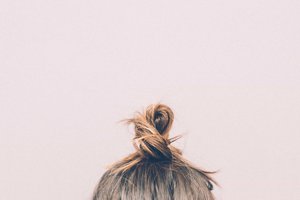
How to rebalance a dry scalp and oily hair
If your scalp’s dry, you might find it’s itchy and flaky – this is because your scalp’s sebaceous glands are secreting less serum, and your scalp’s not hydrated properly.
A dry scalp paired with oily hair tends to be an issue that affects people with straight hair, as the sebum from your scalp travels down the length of your hair easily – leaving your scalp too dry and your hair too oily. This issue can also be caused by residue on your scalp – any clogged pores will then ‘push’ sebum down your lengths, leaving your scalp dry. In order to address the issue, you’ll have to sort out your dry scalp first.


